
Christmas Celebrations in Palma de Mallorca
Get into the festive spirit at Palma's annual Christmas Fair.

© Frank Nürnberger

© Lapping

© SPearce
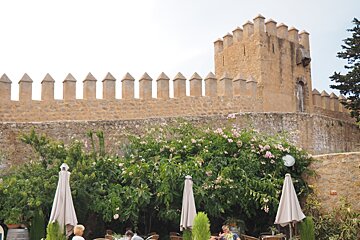
© Anita Gait

© Barry Currin

© Anita Gait

© SPearce

© Anita Gait

© Artalaiotica
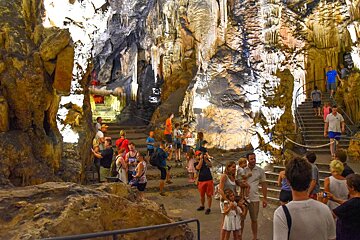
© J. Rains

© J. Rains
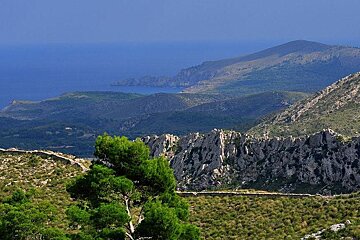
© Balears Natura

© J. Rains

© J. Rains

© J. Rains

© SeeMallorca.com

© J. Rains

© J. Rains

© J. Rains

© J. Rains

© J. Rains

© J. Rains

© J. Rains
Attractive rural town in the north-east of Mallorca
Artà is a picturesque town just a few kilometres inland from the north-east coast of Mallorca. Tucked in a valley, it is surrounded by the mountains of the Llevant Natural Park along with some of the island's most beautiful rural plains.
The town comes alive with tourists on Tuesdays as it holds its weekly market, which is famous for its local pottery and basket weaving. Culture vultures are drawn to this area for its historic landmarks, particularly the Bronze Age Talaiotic settlement of Ses Païsses, the Sanctuary of Sant Salvador, and the ancient fortress walls that surround it, and, of course, the legendary Caves d'Artà.
Having stayed relatively untouched by tourism, Artà is a great destination to discover the authentic rural Mallorca. The coast is about 10km away.
Artà's biggest festival, Sant Antoni, is held on the 16 January every year and dates back to 1581. It features dancers with cardboard horses strapped to their hips. In the morning, demons tour the town with processional music to drum up the atmosphere for the festival. In the evening, when the sun goes down, there’s a religious ceremony in the chapel of Sant Antoni followed by bonfires, music, food and drink in the streets of Artà. The festivities end the following day with a cavalcade and singing of a traditional song. It’s also worth watching out for Sant Antoni de Padua, a smaller festival held on 13 June where children perform traditional dances.
The patron saint of Artà is Sant Salvador and festivities in his honour take place during the first week of August. You can expect concerts, art exhibitions, parades and parties throughout the week. Celebrations end with fireworks on the final night.
The town also celebrates an autumnal fair, known as the Fira d’Artà, which is held on the second Sunday of September each year. This is a traditional agricultural fair with markets and agricultural exhibitions, children's activities, sporting events and more. Foodies might be interested in visiting some of the restaurants serving up local dishes especially for the event.

Get into the festive spirit at Palma's annual Christmas Fair.

The charming Pueblo Español, a reconstructed Spanish village near the centre of Palma, turns into an outdoor market at the beginning of December.

Head to Alaró this weekend for this year's edition of their famous Christmas market. Over 60 stalls of handmade items, designer objects and arts & crafts await you!

The German community in Santa Ponsa celebrate their very own 'Weihnachtsmarkt' every year at the Polígono Son Bugadellas.

A spectacular Christmas show, a festive market, ice skating and more at Mallorca's legendary entertainment venue.

The Puerto Portals Christmas Market is one of the most popular in Mallorca and it will be open until January.
The origins of Artá are lost in time, but many prehistoric remains have been found around the town, as well as traces of the Roman and Moorish domination. The name Artá derives from the Arab word “Gertan” for garden. Artá's fortress was built during the Moorish reign when the peninsula was called Yartan. Its walls still surround the 16th-century pilgrimage church of Sant Salvador, a Gothic-style church which replaced the ancient parish church consecrated in 1248 on the site of an earlier mosque. Sant Salvador is today one of Artà’s most iconic landmarks, it stands at the top of a hill overlooking the town and boasts panoramic views across Mallorca’s landscape all the way to the coast.
Between the 16th and 18th centuries, Artá’s textile industry flourished, as did the town’s population. Archaeological sites around this area have unearthed woven fibres that suggest basket weaving is something the area has been specialising in for a number of years.
A late outbreak of the bubonic plague in 1820 caused the town to lose around 1,200 of its people. In more recent years, due to its location away from the coastline, it's managed to escape the large tourist development of the 1970s and today retains its heritage and status of an authentic rural Mallorcan town.
The town of Artà is dominated by Calvary Hill on which the Sanctuary of San Salvador sits, giving its visitors some insight into the town's past as well as wonderful views of the surrounding countryside. It can be reached either by a windy road from the town or via steps from outside the Transfiguració del Senyor, the parish church of Arta. The Sanctuary of San Salvador is home to a multi-coloured, carved, wooden statue of the Virgin Mary which is rumoured to have been brought to the island by Jaume I during the medieval conquest of Mallorca. Surrounding the sanctuary, you'll find the remains of a one-metre-thick fortress wall with nine towers, including the main tower of Sant Miquel.
Just outside of town resides the Bronze Age Talaiotic settlement of Ses Païsses, a must-visit if you're in the area as it's one of the most important and best-preserved prehistoric sites in the Balearic Islands. Its origins are thought to date back to 900-800 BC. Most notable is the massive entrance portal, formed from three stone slabs weighing up to eight tonnes each. Inside there are several rooms and an 'atalaia' (watchtower) while the entire settlement is surrounded by a Cyclopean drystone wall.
The Caves d'Artà are one of the biggest tourist attractions on the northeastern coastline. These thousands-year-old caves are a spectacular sight with various natural rooms created and adorned with countless stalactites and stalagmites of imaginative shapes. Guided tours are available.
To the north of Artà there is the Llevant Natural Park, a wild, hilly area with a dramatic coastline. Inside stands the Ermita de Betlem, founded by monks in 1805, complete with a solar clock, a rose window and an ancient water mill. It’s a steep climb to reach the chapel but you are rewarded with wonderful views and a little taster of what life was like for these monks. This landmark is particularly popular with cyclists and hikers.
Artà also has a small museum, the Regional Museum of Artà which can be found at Plaça de Espanya inside Sa Nostra bank. It exhibits archaeological discoveries from as far back as the Roman period, along with a collection of stuffed and preserved local birds.

Located on the hillside of Sant Salvador above Arta this building dominates the skyline over the town of Arta.
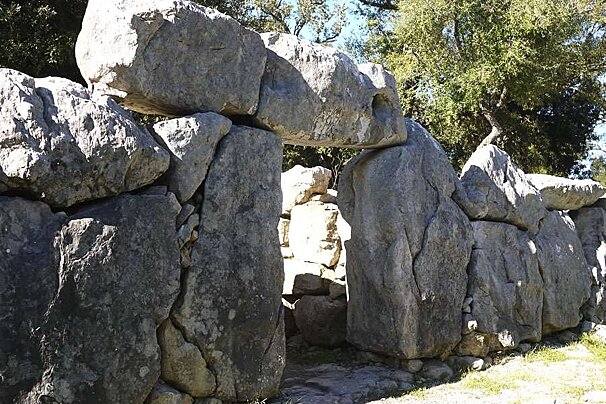
This Bronze-Age talaiotic settlement near Arta is a significant site and a link with Mallorcans of 3,000 years ago.
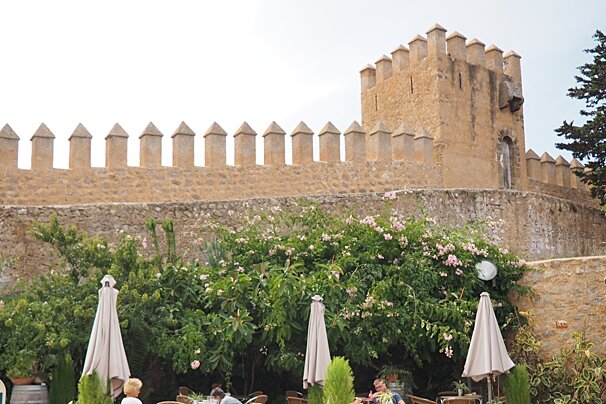
Much of this 4000 square metres complex has been restored so that you can now see the remnants of the medieval fortress that it once was.
The nearest beaches are in the resort of Cala Ratjada, around 15 minutes away by car and 20 minutes on a public bus.

A lovely sandy beach to soak up the rays, away from the large scale tourist resort beaches in the north of Mallorca.

An idyllic bay situated between Cala Mesquida Beach and Cala Mitjana on the northeast coast of Mallorca.

Renowned as a wonderful, “locals’” beach close to Colonia de Sant Pere, Cala Tono is a small cove full of golden sand, enclosed by the azure sea with views up towards the hills of Cap Ferrutx.
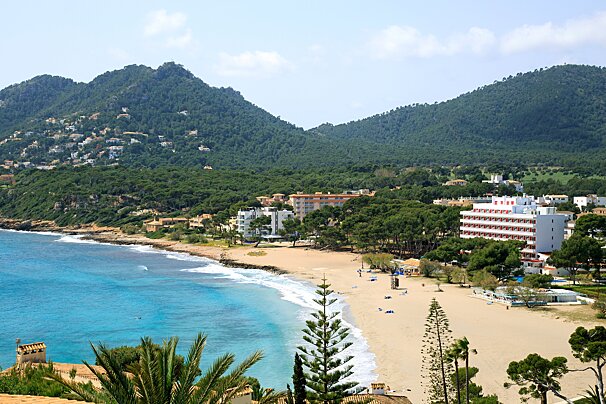
Canyamel beach gives visitors a small but perfectly formed, golden sandy beach within the quiet holiday resort of Canyamel.

Cala Mesquida is a fairly remote beach, located in the north-east of Mallorca, around 15km from Arta with lovely white sand and crystal-clear waters.

Cala Ratjada is a purpose built holiday resort in the north east of Mallorca, popular with northern Europeans. Cala Moll is the south of the resort and Cala Gat to the north.
Artà offers a lovely mix of places to eat, with most restaurants leaning towards traditional styles and local Mallorcan flavours. If you're in the mood for something a little more refined, there are elegant spots tucked within beautifully restored buildings, where modern Mediterranean cuisine is served in a stylish, peaceful setting.
For something more rustic, there are cosy restaurants where the atmosphere feels like stepping back in time. These places often serve dishes made with fresh ingredients straight from the garden or nearby markets. You’ll likely find local wines on the menu too, adding to the sense of place and tradition.
If you're happy to venture just a little way out of town, you’ll discover charming countryside spots with relaxed outdoor terraces. These are ideal for long, sun-soaked lunches or quiet dinners under the stars. Expect homemade Mediterranean classics, generous portions, and sweet treats like crema catalana. It’s a good idea to book ahead, especially in peak season, as these rural gems tend to be popular.

This refined restaurant serves gourmet fusion food, combining Mediterranean and Asian influences. Located at the Sant Salvador Boutique Hotel.
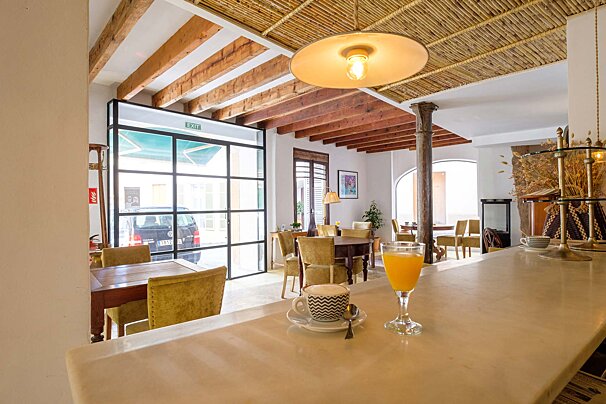
Modernity could not exist without good traditions.
Artà is just a nice village to wander around, with a mix of tree-lined avenues and small winding alleys. If you're not staying here, the best day to visit is on Tuesdays when the town comes to life with its local market.
Exploring on foot is the perfect past time and you'll find numerous artisan shops selling traditional ceramics and textiles, along with "llatra", traditional products made by braiding palm leaves (baskets and bags are particularly popular in this craft). Artà Market is held on Tuesday mornings on Plaça Conqueridor, this is the best place to pick up some traditional Mallorcan woven baskets, textiles, pottery and of course fresh fruit and vegetables.
When we think of things to do we think of activities outside, and if we think alike then we recommend you head to Llevant Natural Park and its 1671 hectares of protected parkland. Mallorca’s second largest mountain range, it drops off into the sea and has all the ingredients for a day out exploring the great outdoors whilst soaking up some spectacular scenery. There are plenty of trails for hikers, mountain bikers and cyclists to explore, and it's a popular destination for bird watching.
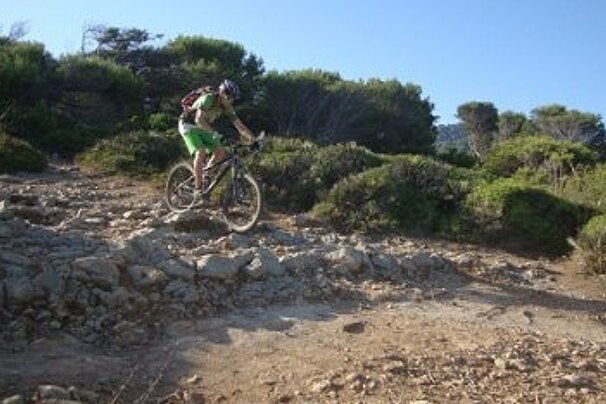
Although parts of this route can be tricky to negotiate for the less seasoned bikers it is worth the effort to enjoy the beautiful beaches.

A great way to explore this part of the coast and easy enough for the whole family to enjoy...especially with beach breaks along the way.
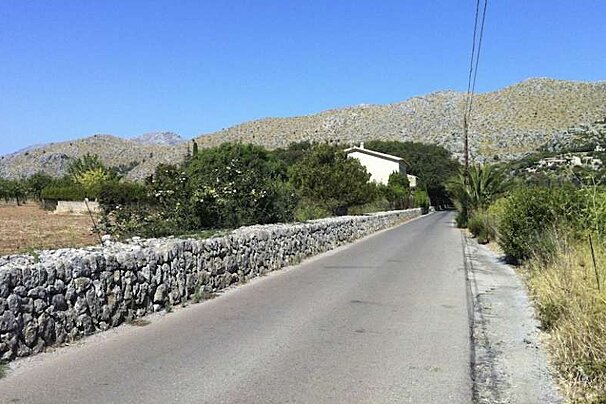
100,000 cyclists cannot be wrong. Mallorca is one of the most popular and idyllic islands for cycling with it's plentiful flat farm roads and challenging hill climbs.
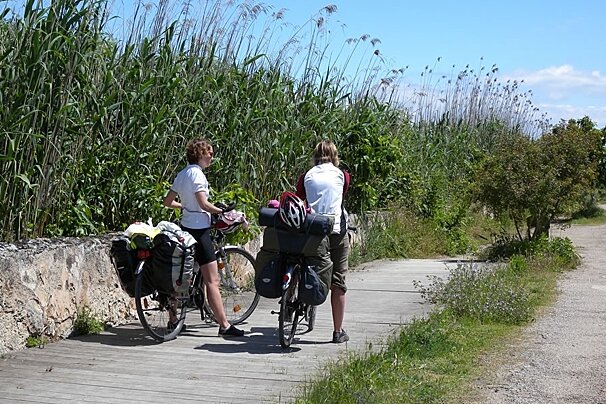
Combining nature, bird spotting and a bit of exercise with a cycle round the nature reserve by the holiday resort of Puerto Alcudia.
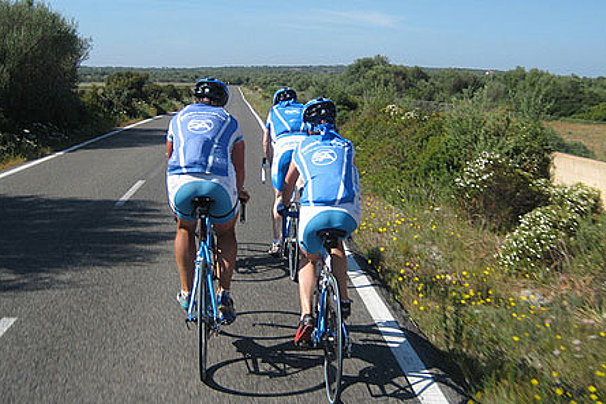
An intermediate route for those used to climbing steeper sections of road on a bike, with stunning views of the coastline.
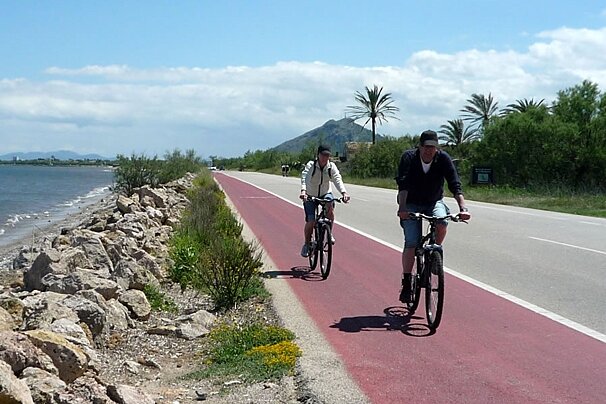
Beginner (or intermediate if you want to ride it at pace!) cycle route that uses the purpose built paths around the Alcudia area.
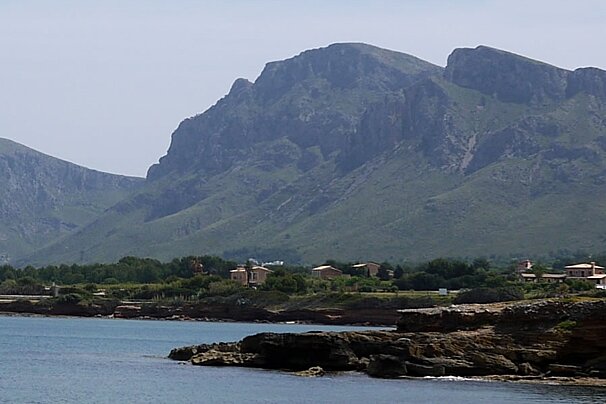
Arta is located in the far north-east of Mallorca.
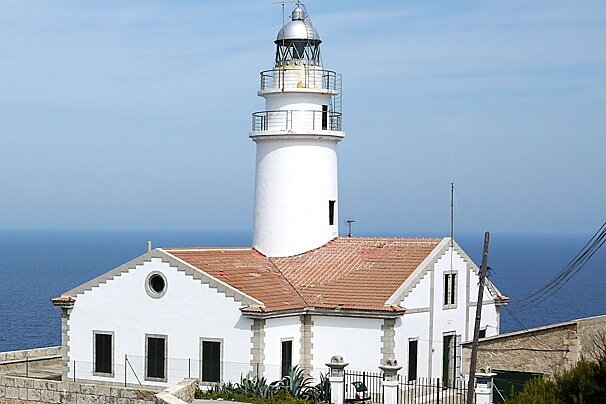
Capdepera is located in the far north-east of Mallorca. In the village of Capdepera itself, before beginning the hike, you can visit the gloriously restored Castle of Capdepera.
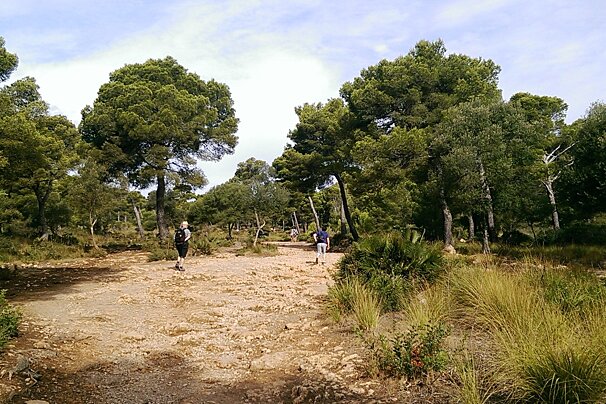
The east coast of Mallorca is well worth exploring with its blue flag beaches, Llevant Natural Park and hiking trails for all levels. There are several signposted walks which can be accessed from both Cala Mesquida and Cala Agulla.
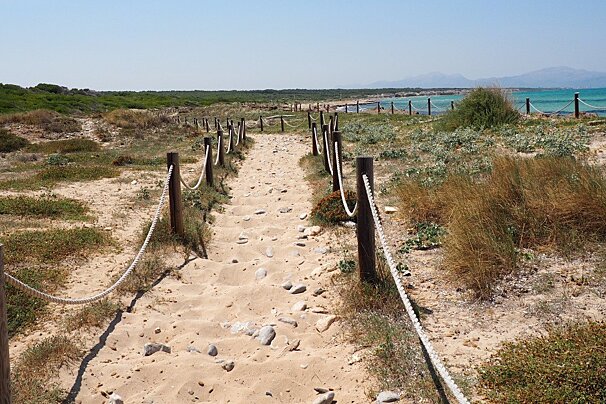
This is a small part of the GR222 walking route which will eventually link Arta and the Llevant Peninsula with Lluc and the world heritage site that is the Serra de Tramuntana mountain range.
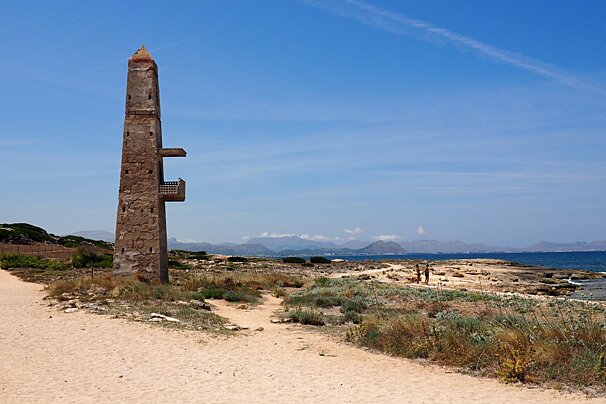
A beautiful 6km coastal hike from Can Picafort to Son Serra de Marina taking in stunning sea views, archaeological sites, deserted beaches, ecological areas and the occasional nudist.

A beautiful 6km coastal hike in the north of Mallorca taking in stunning sea views, archaeological sites, deserted beaches, ecological areas and the occasional nudist.
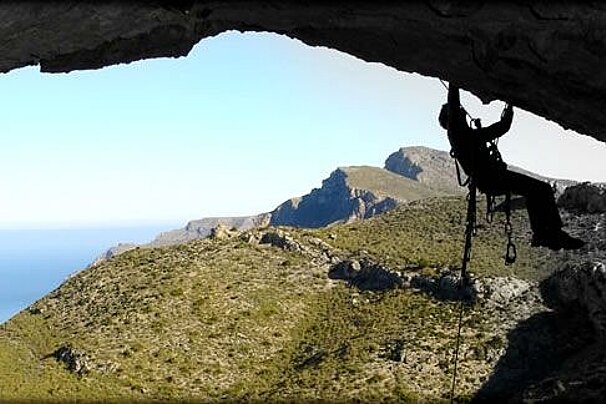
Karakorum offer hiking, mountain biking, rock climbing and canyoning throughout Mallorca.
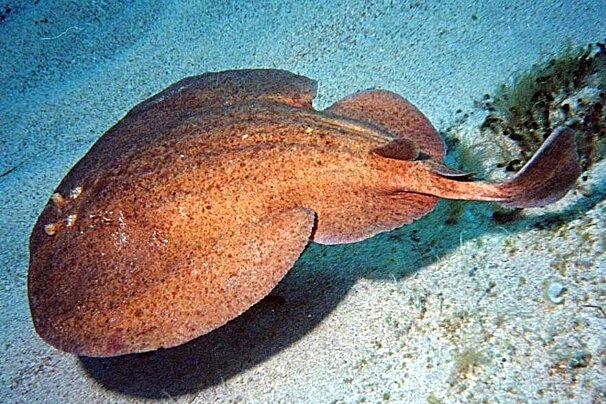
Enjoy great diving in Mallorca with Albatros Diving, based on the east coast in Cala Bona.
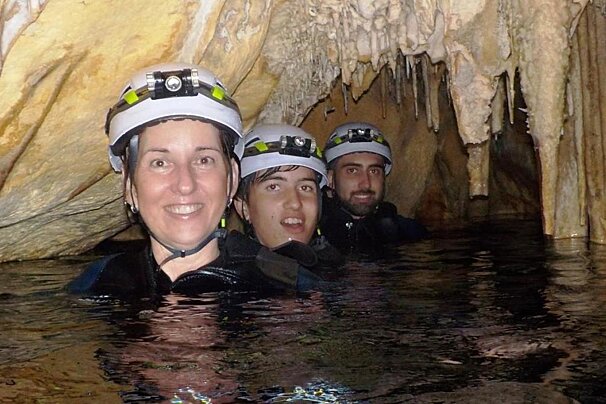
Explore one of the most spectacular caves on the island in a unique corner where very few are lucky enough to know about.
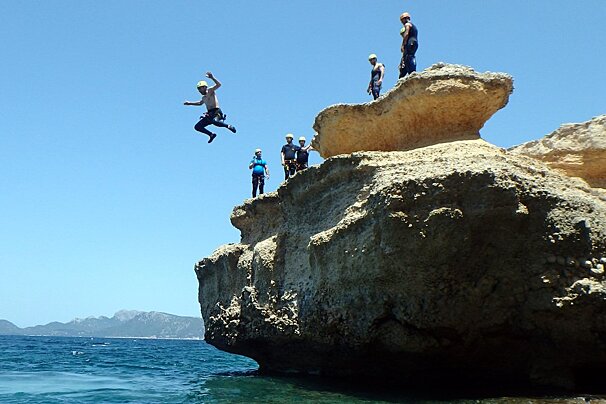
A fantastic and fun way to explore the Mallorcan coastline with friends and family!
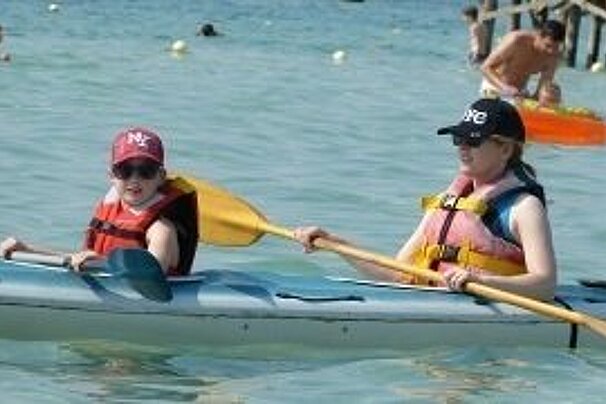

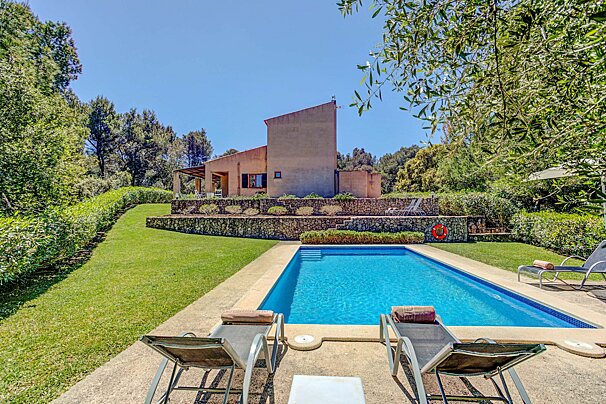
Totally private, beautifully finished, uniquely located: in these 3 features lies the authentic soul of the spectacular Villa Comella. Perfectly located just 2km from Arta and 10km away from some of the best beaches of the island (such as Cala Torta, Cala Agulla, Cala Ratjada), sheltered by mature trees, surronded by more than 3000sqm of private gardens and built to an exceptionally high standard, Villa Es Comella is set to impress.
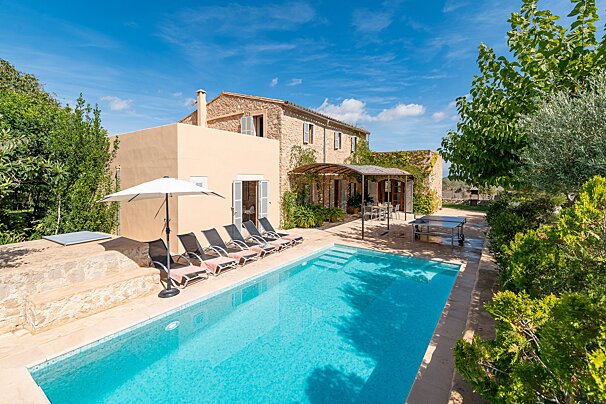
Villa La Corbaia is a beautiful villa away from home perfectly located in the green, unspoilt countryside of Artà. Sleeping up to 6 guests in 3 spacious bedrooms (in two bedrooms upstairs, the downstairs bedroom has a fan), this villa provides superb views and easy access to the sandy beaches and golf courses of the region.
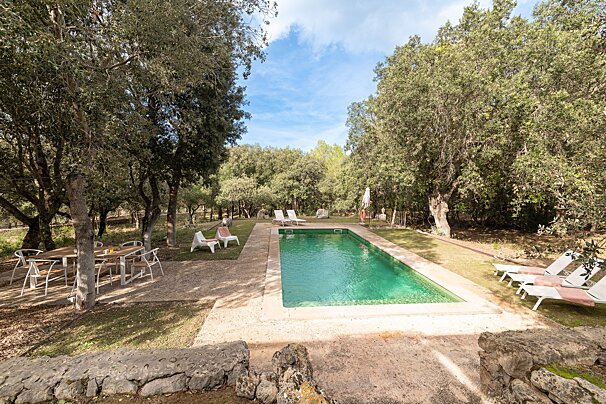
Villa Es Mirador is located in Artà, Mallorca. This detached vacation rental property is air-conditioned and sleeps up to 6 people with 3 bedrooms, 2 bathrooms and a private pool, it is quiet rural area near Arta , Mallorca.
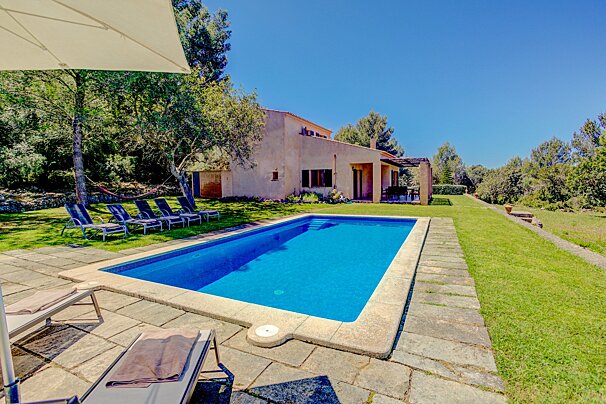
Villa Son Tord, with its amazing rural location, great privacy and high quality finishing, is the perfect holiday villa for all those guests looking for peace and relaxation, yet being in close proximity to the pretty town of Arta and the sandy beaches of Cala Torta, Cala Ratjada etc.
If you're a large group, then there are short-term rental accommodation options such as fincas and more modern villas available to rent on the outskirts of town. With the extra space over a hotel room, it also gives you the option to eat out or cook at home, making for the perfectly flexible holiday.

Totally private, beautifully finished, uniquely located: in these 3 features lies the authentic soul of the spectacular Villa Comella. Perfectly located just 2km from Arta and 10km away from some of the best beaches of the island (such as Cala Torta, Cala Agulla, Cala Ratjada), sheltered by mature trees, surronded by more than 3000sqm of private gardens and built to an exceptionally high standard, Villa Es Comella is set to impress.

Villa Son Tord, with its amazing rural location, great privacy and high quality finishing, is the perfect holiday villa for all those guests looking for peace and relaxation, yet being in close proximity to the pretty town of Arta and the sandy beaches of Cala Torta, Cala Ratjada etc.

Villa Es Mirador is located in Artà, Mallorca. This detached vacation rental property is air-conditioned and sleeps up to 6 people with 3 bedrooms, 2 bathrooms and a private pool, it is quiet rural area near Arta , Mallorca.

Villa La Corbaia is a beautiful villa away from home perfectly located in the green, unspoilt countryside of Artà. Sleeping up to 6 guests in 3 spacious bedrooms (in two bedrooms upstairs, the downstairs bedroom has a fan), this villa provides superb views and easy access to the sandy beaches and golf courses of the region.
There are a couple of nice hotels within Arta itself, while in the surrounding area you will find some handsome, small rural establishments ideal for a peaceful country escapade.
In the town centre, with Arta’s charms right on your doorstep, you'll find hotels with eye-catching architecture and elegant, character-filled interiors. In some you’ll find a blend of classic charm and comfort, with highlights such as a seasonal outdoor pool, a pretty courtyard-style restaurant and lovely garden areas that add to the relaxed atmosphere.
For something more low-key, there are smaller, intimate options that offer great value while still delivering plenty of charm. These places often keep original rustic features like exposed beams and stone floors, while incorporating modern touches in a way that feels thoughtful and seamless. It's a lovely balance of old and new, perfect for a cosy and authentic stay.
If you'd rather stay outside of town you don't have to go far to find country estates that have been tastefully renovated to high standards offering rural-chic interiors, swimming pools, authenticity and a home-away-from-home vibe. You'll enjoy a tranquil setting and picturesque scenery.
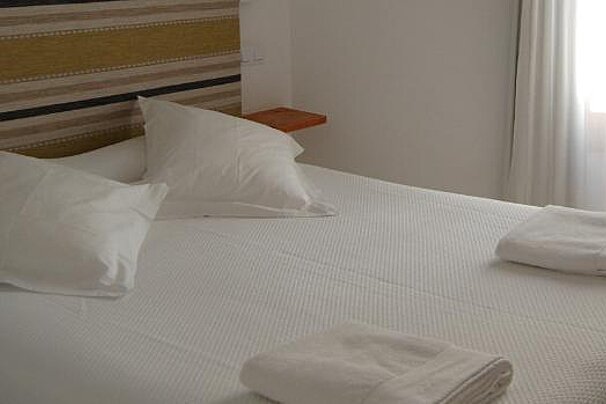
This building has been in the same family for four generations and is now a charming little hotel and restaurant.
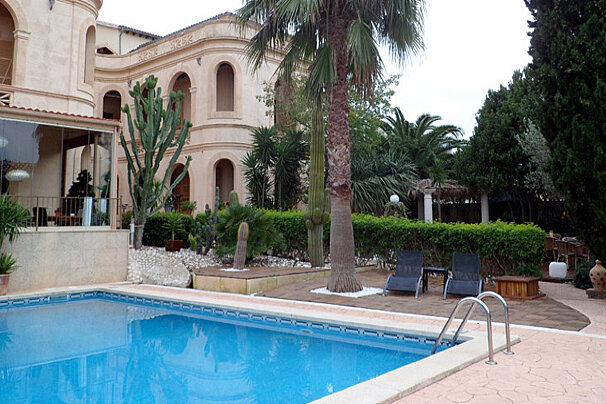
The hotel Sant Salvador in Arta is a special place for all kinds of people. Whether they would like to play golf (there are four golf courses within less than 15min) or for people who are looking for a peaceful place to stay.

This warm and friendly Mallorca Hotel Rural is located on the old Son Corb estate, dating back to the 17th century.

Located just a few kilometres from the ancient town of Artá, it is set in a land full of almond and fig trees. It is also situated only 5 minutes from some of the best golf courses in the island.
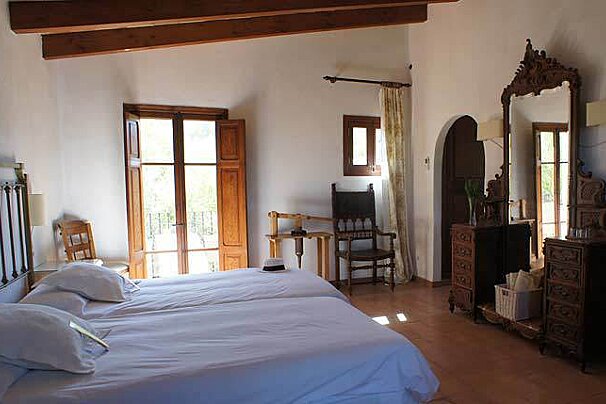
Restored with love in every detail, the 18th century country house lies on a hill approximately 5 km from the picturesque village Artà. Beautiful landscape, close to 4 golf courses, lovely beaches and nature reserves.
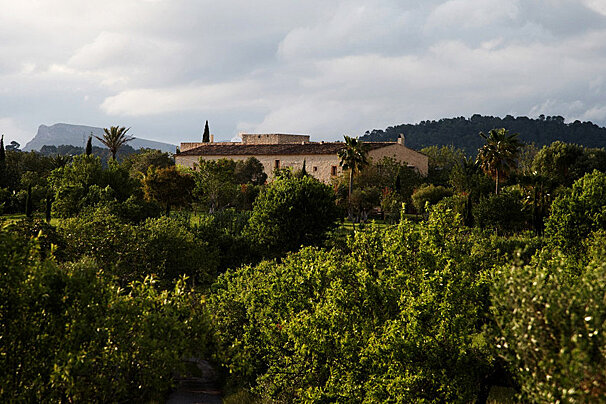
Son Gener is one of the most charming deluxe rural hotels in Majorca. You will find a refomed rustic farm house dating back to the XVIII century surrounded by an exceptional environment.
Car hire is still a good option in Mallorca and Artà is around an hour from Palma airport by car. Alternatively take the pressure off driving and reserve a private transfer.
There is no direct bus to Artà from the airport, you need to go via Palma bus station and there are only a few buses a day.
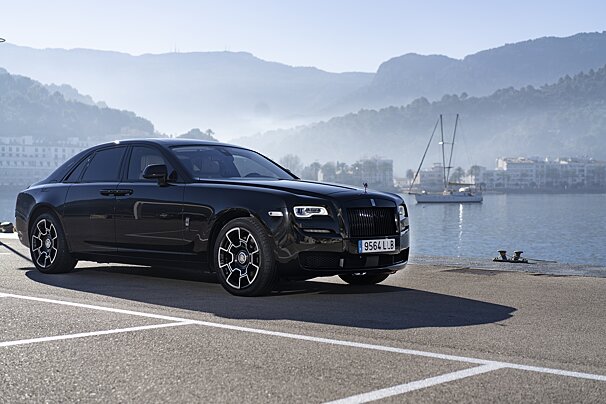
Experience luxury and convenience with this company. Arrive at your yacht charter, sunset tour or boat trip in unparalleled style in a Rolls Royce Ghost.
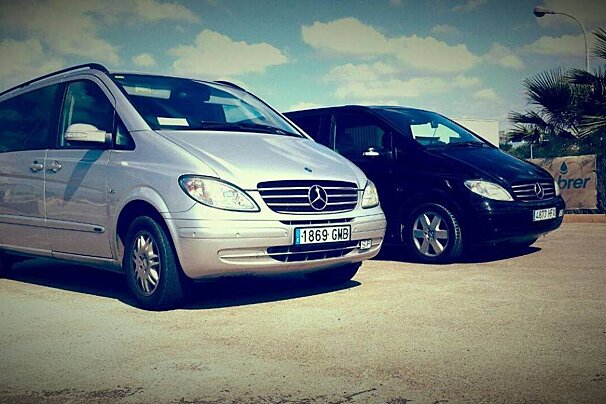
The established company have been offering a reliable, reasonably priced, private transfer service in Mallorca since 1993.
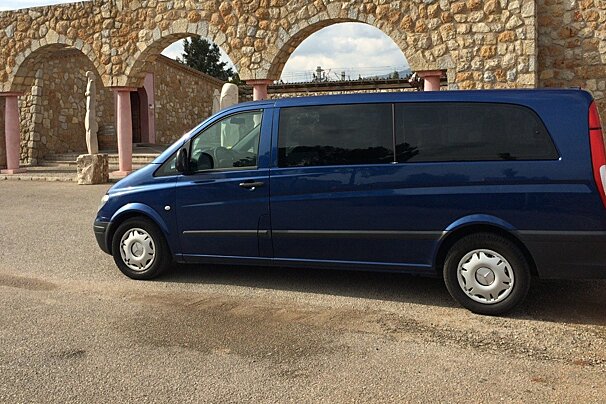
Great quality service at rates that are irresistible. This company exclusively transfer you around Mallorca without having to pay an excessive price.
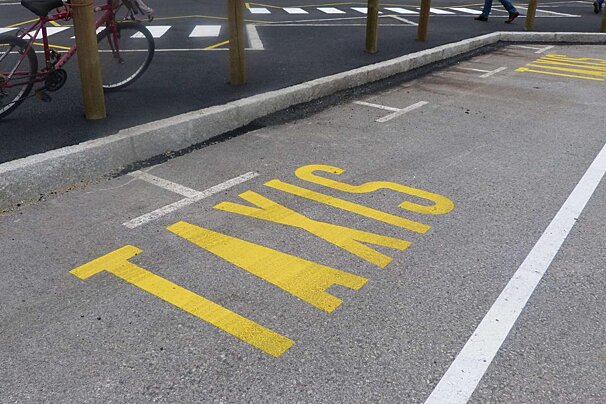
This transfer company offers cheap and reliable Airport Transfers to all destinations in Mallorca with official vehicles and professional drivers.

This taxi & transfer company operates out of Palma, covering the whole of Mallorca Island.
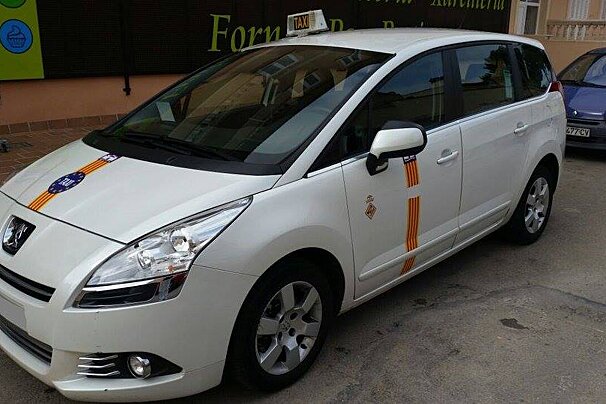
This taxi company offers 24-hour service from the airport to your accommodation all around Mallorca.
Find out all about what is happening in Mallorca and how to make the most of your time here. The latest news, reviews of fun activities, fabulous beaches, current events and the trendiest restaurants, as well as interviews with leading locals, insider's guides and our top choices for things to do, see, and experience on the island.
See allLatest News & ReviewsThe island hosts all sorts of events, including agricultural fairs in the spring and autumn, live music and DJs in the summer, religious fiestas and international sporting events. Some of the most popular are the Mallorca 312 cycling race in April, the Copa del Rey sailing regatta in July and the Moors vs Christians mock battle in September.
See allUpcoming Events